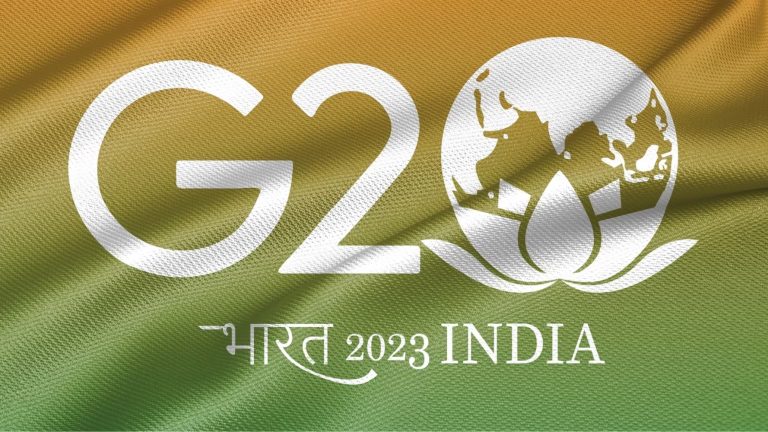India is in the process of celebrating the 75th year of independence. The ‘band baja’ of G-20 has joined the crescendo.
Several speakers are dwelling on India’s achievements and talking of the great things which have been done/can be done. Integrity of intentions can sometimes supersede some operational flaws. The purpose however should, also, be to strengthen the Indian sense of identity whileflagging the significant achievements which Independence of mind enable. These break free efforts are valuable. Typically, they range from achievements in space to near elimination of Polio. In the same breath, it is necessary to recognise that there continue to be many and significant areas of potential improvement. Not to think of them and not to attempt to tackle them would be naïve.The objective here is not to create a balance sheet. The objective here is to flag some of the distinctive concepts and manifestations of Indian identity and how it makes India a truly unique experience. A few illustrations may help.
Consider the proposition that India probably is among the few lands in the world where mauna (silence) is celebrated and idolised. There are many amongst us who observe silence for a given day or parts of the day. There are others who choose when they want to keep silent and will communicate only in writing. This is often seen and experienced, among other things, as route to mental peace and coming to terms with oneself and one’s surroundings. It is well known that spoken words are like a shot of arrow and cannot be taken back. Unthinking utterances can, sometimes, cause more damage and pain than perhaps even broken bones. Yet communication is such a basic urge that people talk sometimes even when the other person is not listening. Give a mike to a speaker and the chances are he will exceed the time in the fond notion that even if many people are not listening, he needs to say what he has to say. A recognition of the significance of maun and its projection as a trait would be a worthy contribution to the seminal components of Indian identity.
At a different level, consider the concern of brother-sister relationship. India is probably the only culture where a man-woman relationship has been sublimated to an asexual level. It is not only its sublimation but its ritualization that is a matter of higher level of consciousness. Relationships have been created across many seemingly unsurmountable hurdles by the sending of a rakhi by a lady to a gentleman with whom she would seek a connect. The reciprocation of that gesture of sending rakhi is celebrated with much social approval. Some stories about this circulate and many still practise it symbolically. This component of Indian identity needs to be projected with far more vigour to the edification of all who may wishto be more knowledgeable.
Other, examples of Indian uniqueness, are many. The listing of the type attempted above can only be illustrative. Mythology and folklore provide a rich treasure trove for those who know how to seek and interpret.
In an era full of climate talk and resetting of developmental objectives the approach would be incomplete without a look at the uniqueness of Indian-ness in an ecologically related context or indeed the non-human world.
In India we have recognised life in a unique way amongst animals, trees, plants and more.
Two examples would help illustrate the point. In India, even beyond the symbolic value of an elephant, the reference to a Hathi (elephant) can evoke images of the Aeravathathi (elephant). In other words, the celestial elephant with many divine virtues. In the pragmatic world, in India, elephant enjoys unparalleled images of prosperity and wisdom. The rest of the elephant lore is another story. From Ganesha-jee’s head to the fields of battle there are many many stories.
Coming to the second example, the reference is to trees. A concept is thereof a heavenly tree called the Kalpavriksh. Belief has it that wishes come true under the shade of this Kalpavriksh. How can then, one practice thoughtless felling of the trees? The targets of climate change, be they of 2030 or of 2070, apart, would qualitatively improve if the prism of looking at the issues were also to be modified.
Be it business or Amritkal of independence or a G-20 event what is unique abour India has to understood. stated and projected.
The road to rediscovering Indian identity is clearly arduous and needs sharpened ability to think. It is worth the effort. The new education policy would hopefully serve as a cataylist.
Stay connected with us on social media platform for instant update click here to join our LinkedIn, Twitter & Facebook




























